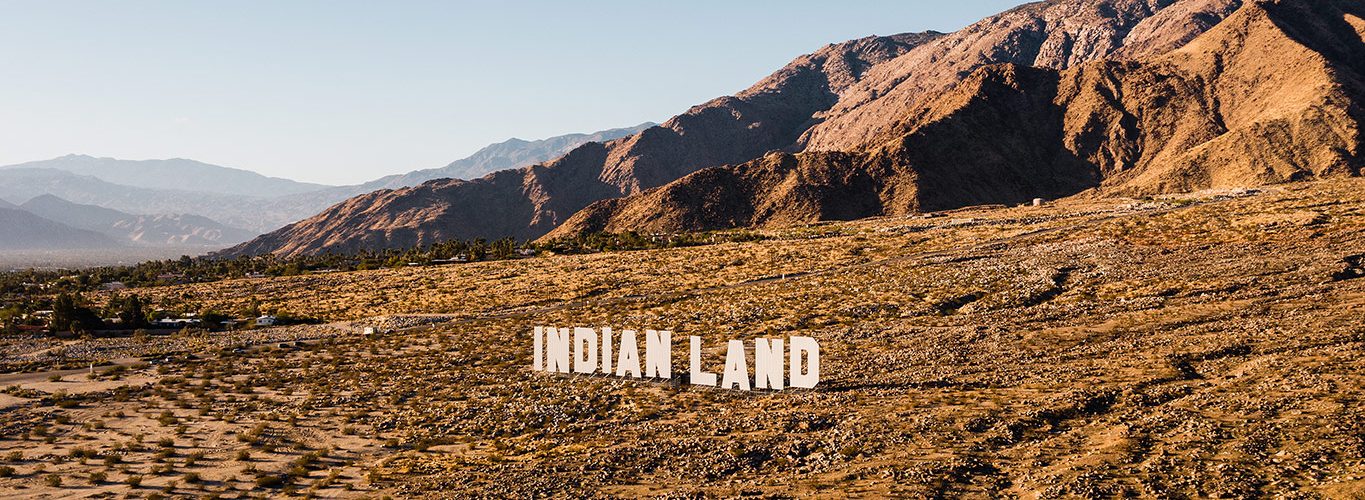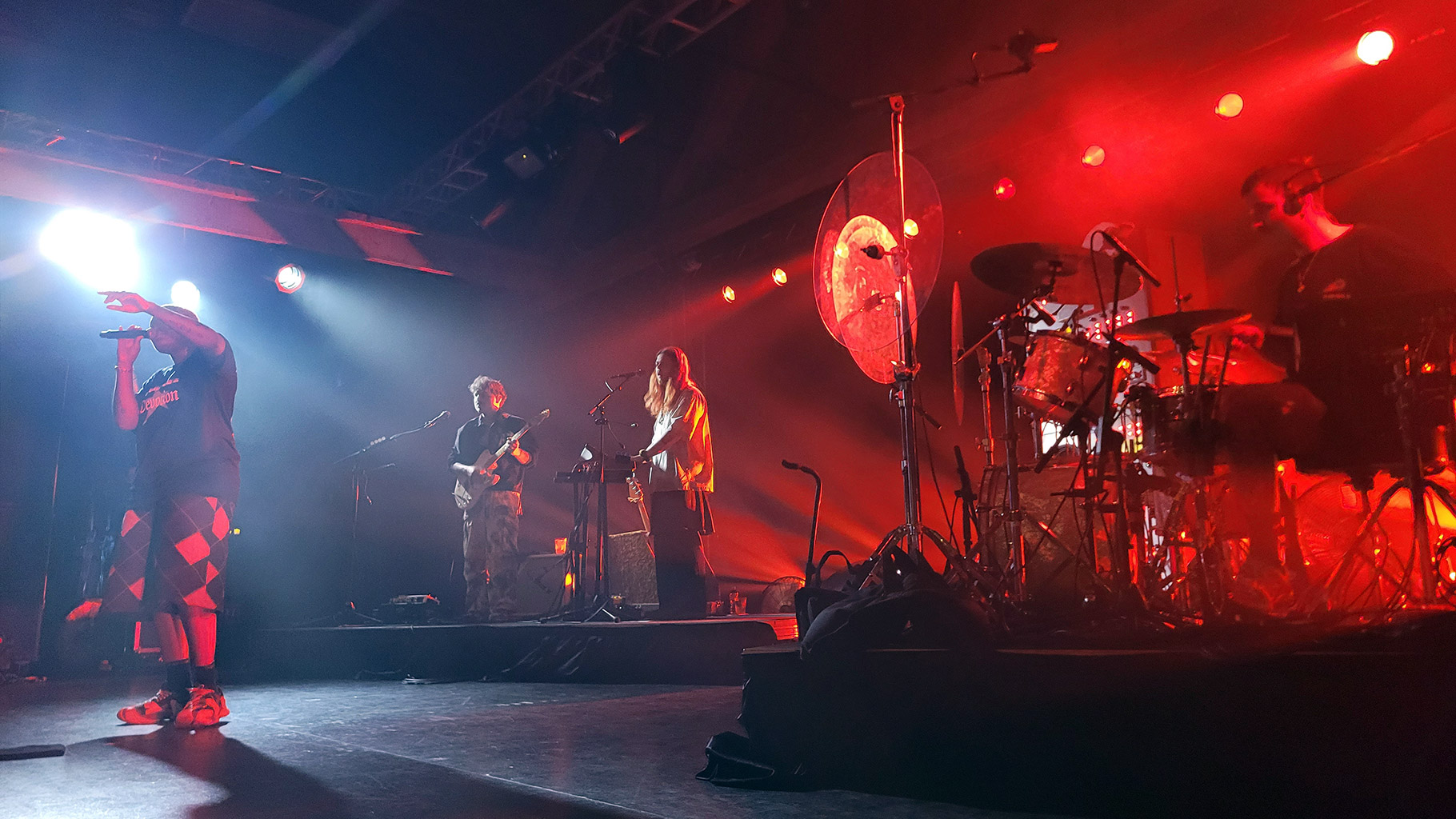Building Infrastructure for Change
While improving infrastructure for Indigenous musicians may involve external stakeholders, it often requires self-reflection as well. Such self-reflection is not always easy or pretty; harsh truths may be revealed.
“All in all, I’m glad to see us Native creators receiving so much attention and praise, though, because a rising tide lifts all canoes,” says Tall Paul. “It’s leading to more and more opportunities for all of us.”
Nonetheless, he is transparent that there are still changes he would like to see. Many hip-hop artists, he says, are still stigmatized.
“Even within our own communities, there are long-standing stereotypes and prejudices that Native hip-hop artists have to deal with. Of course, this is because of the unfair image that hip-hop and rap have been given by mainstream media,” Tall Paul explains. “Also, we’re humans like everyone else, so there are negative elements in our communities, like gatekeeping, too.”
Gatekeeping can also show up in other ways, whether intentional or not. While Raven Chacon acknowledges that the music scene is notably more inclusive now than it was in the ’90s, he still sees imbalances, as it is “still male-dominated a lot of the time.”
“There’s things that overall need to be broken,” he says. “I mean, I’d love to see an all-women Native thrash metal band.”
Becki Jones of Weedrat and the Indigenous womxn rock trio Nizhóní Girls wholeheartedly agrees. Coming from a domestic violence-impacted and patriarchal background, she says connecting with women in the punk scene helped her understand that making music was a possible path for her and helped her find her voice.
Now, Jones feels a deep responsibility towards continuing to grow representation of girls, women, and gender-diverse individuals in the music scene. She wishes to “get across not only my experiences, but to talk about the fucked up material conditions that Native women have living on the rez, and make them more conscious of what’s happening around them. Versus [the women feeling], ‘Well, this has happened to me; I want to feel bad about myself,’ [it’s] looking at it in a bigger-picture way.”
Sensing the need for more supportive infrastructure, Jones and others took it upon themselves to curate the Asdzą́ą́ Warrior Fest, or “Woman Warrior Fest.” The festival focused on Native musicians who were girls, women, queer, or transgender, and it had two installments before the COVID-19 pandemic cut planning short for its third edition in 2020. They hope to host another event at some point.
Fellow Weedrat band member Greg Yazzie is also the Founder of an organization called Chapter House, which releases records, curates shows, and generally tries to fill in gaps where Native musicians need support. Like Jones, Yazzie grew up on the Diné reservation and saw the lack of resources for local musicians. In response, he curated a series of pop-up DIY events where he went out to the reservation with a generator, tents, PAs, and other audio equipment, then invited Native musicians to play a number of ad hoc, by-the-road, on-the-rez concerts.
“I did that for a good couple years; it was just tiring after a while,” Yazzie explains, stressing that the reservation does not have a proper venue, aside from an outdoor open-air lot where professional stages are sometimes brought in for larger shows. “I did a lot of things under the [Chapter House] umbrella just to kind of just hopefully spark some sort of creativity within the people out there … because there are musicians that are doing stuff out there, but there’s no real hub for them to actually [perform].”
In 2016, at the height of Chapter House’s work booking and promoting shows, Yazzie hosted one or two Native shows a month, generally in or around Albuquerque. Unfortunately, Yazzie feels near-ready to halt the show-booking and promotional aspects of Chapter House and may only continue with more “consistent” aspects, such as record releases, because he feels like few others in the DIY scene have put forth equal effort to promote Native musicians.
“But I’m excited to see what happens whenever that ends, because hopefully with that void, someone will step up and do something,” he says.
The Diné Nation has the largest reservation in the United States, spanning parts of Arizona, New Mexico, Utah, and Colorado. Because of this, an infrastructure of support is hard to create, but a number of musicians have emerged from the area who have wide-reaching influence. Trumpeter Delbert Anderson — who was recently featured in The New York Times — runs a business called DDAT Management, which does a lot of multifaceted work to support Native musicians in the Southwest.
Though Anderson doesn’t consider himself an activist, activism is a big part of his work. His trajectory has morphed significantly through the years, starting with live shows in 2013. Playing music has since led to hosting education workshops, then wellness programs, then youth mentorship programs; he is also working on a multi-venue touring route for Indigenous musicians to be able to play shows across the Southwest.
“It all seems to be working towards some type of awareness, and … of explaining to organizations on what Indigenous people really need versus what they think we need,” says Anderson, who admits the work can at times feel heavy. “One thing I’ve found in my research in this area is: There’s a lot of Indigenous artists here, but they’re not at the state to … start off [a professional] career. Instead, we would have had to focus on mental health first, because there’s just so much substance abuse, domestic violence, and suicide.”
As an example, Anderson cites the Association of Performing Arts Professionals (APAP) as a conference where he plans to host a convening of Indigenous people, as well as support a cohort of emerging creators. APAP, he mentions, speaks often of inclusion — such as through a BIPOC initiative — but frequently falls short of actual Indigenous representation, which makes a difference, considering APAP presents opportunities for artists to be booked for projects. The bookings can never happen for Indigenous people, he says, if Indigenous people never make it into the room.
“When you go to these conferences, or any professional organization, they speak of the end product. … They say anyone can start. For Indigenous people, there’s like two or three steps before that even starts,” Anderson reflects. “That’s the part I’m trying to acknowledge, and hopefully I can do something there. It’s very hard to work with, to do, especially with the lack of resources in the area already.”
- Introduction
- Defining “Indigeneity” on One’s Own Terms
- Incorporating Tradition in Contemporary Music
- Learning, Preserving & Revitalizing Language
- Focusing on the Land & the Environment
- Raising Awareness Around MMIW/P
- Using Film as a Medium to Elevate the Collective
- Uplifting & Empowering the Youth
- Facing the Challenges of Visibility
- Building Infrastructure for Change
- Dreaming the Future







[…] min read29 seconds agoAdd comment I haven’t even stepped foot into the Snotty Nose Rez Kids show, and I already notice a couple things outside the venue. Clearly, the Indigenous fashion is […]